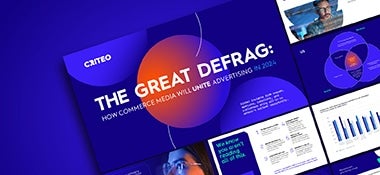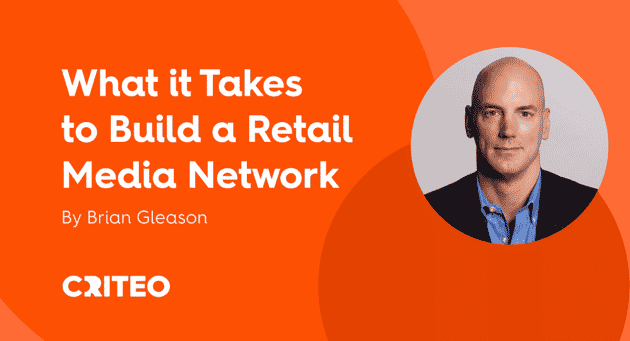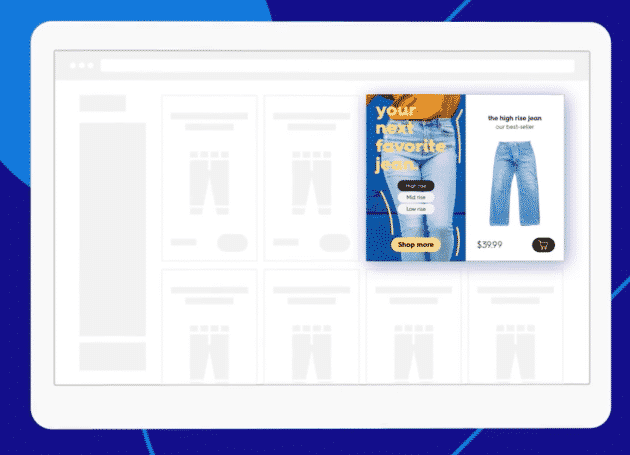Fairness and transparency have always been a key underlying goal in the shift to header bidding, and those concepts are now also influencing the strategy for in-app monetization. The way publishers run their in-app ad stack and monetization strategy of the inventory is in a transformation phase.
Web publishers are all too familiar with the standard waterfall approach, whereby bids cascaded down in an attempt to find the highest bidder for the space. This method ultimately proved inefficient and opaque, requiring heavy use for resources and unsold inventory.
Enter Header Bidding
The arrival of this more transparent method of buying ad space has increased healthy competition and given publishers a clearer understanding of what inventory is worth. It has also brought a level of fairness that guarantees publishers the best price for each impression, thereby boosting yield and revenue. With more and more publishers putting an emphasis on developing and supporting their app, they find themselves ahead of the game as app bidding, like header bidding before it, proves to be the new method of choice.
This shift to a more transparent and yield-optimizing bid format has also been accelerated by the growth of mobile traffic, which thrives on speed and flexibility. For many web-first publishers header bidding is now the norm and has been proven to grow revenues tremendously. While the growth of in-app bidding is still fairly new, publishers recognize this shift as an opportunity. Here’s how in-app bidding helps publishers drive more diversified demand and better monetize their in-app revenue:
Improving the User Experience
In-app bidding must improve the user experience through speed and ad relevance. Given that the user’s mobile journey is often more fragmented, this isn’t always easy to achieve.
The ability to tap into reliable data that improves ad relevancy, along with applications that are lightweight and latency-free, will become critical for app publishers. Improving the user experience will be increasingly important and all publishers to focus on developing creative content to help encourage more in-app engagement.
Preserving Publisher Reputation
One of the things holding back web-first publishers moving to in-app is the fear of bad reviews. Publishers are sensitive to poor reviews that could impact their app store ranking and ultimately damage their reputation. This sensitivity ties back to publishers’ desire to create an exceptional experience for the user.
Ad quality can play a huge role as well. Understanding the audience engaging with the app and displaying ads that resonate with them contributes to a positive user experience and enhances a publisher’s reputation. With options of direct connect SDKs, publishers can now better prevent latency and instability. App performance stays fast, responsive, and ready to capitalize on every monetization opportunity.
Avoiding Identity Loss
For web-first publishers, the final demise of third-party cookies is only two years away. For many, this could have a major impact on revenues.
With no real once size fit all solution, publishers are following through with plans to leverage non-cookie reliant environments, like in-app. App ID solutions have proven to be easy to integrate, optimize, and ensure increased competition among advertisers bidding for inventory. Data compliancy will add a further push towards in-app bidding through its ability to improve match rates by recognizing more users across more environments, allowing publishers to avoid identity loss and capture an increased share of spend.
How WetterOnline Doubled App Revenue
With these trends impacting how web-first publishers approach their in-app inventory, we’re pleased to share an example of how WetterOnline found success.
WetterOnline was founded more than 20 years ago and has since become one of Germany’s top visited websites. Like many publishers, the company recognized the shift it needed to make into the mobile space and so created their first mobile app. After successfully acquiring mobile users in new markets, WetterOnline wanted to boost their app’s earning potential. They sought to maximize revenue per visit to drive sustainable monetization and implemented Criteo’s Direct Bidder for App to help them achieve this goal. As a web-first publisher, WetterOnline understood the value of app bidding and the revenue impact to the business.
“Criteo is one of the major buyers in the digital ecosystem, and it made sense to directly connect our app inventory to Criteo’s large and diverse demand pool,” says Christoph Brömling, Head of Sales for WetterOnline. “A direct connection optimizes our supply chain and provides us more control, and in just a few short months, we have already more than doubled the amount of revenue we earn from Criteo on apps.”

















